Iconic Species That Call the Everglades Home
Celebrating wildlife of the Everglades during National Wetlands Month
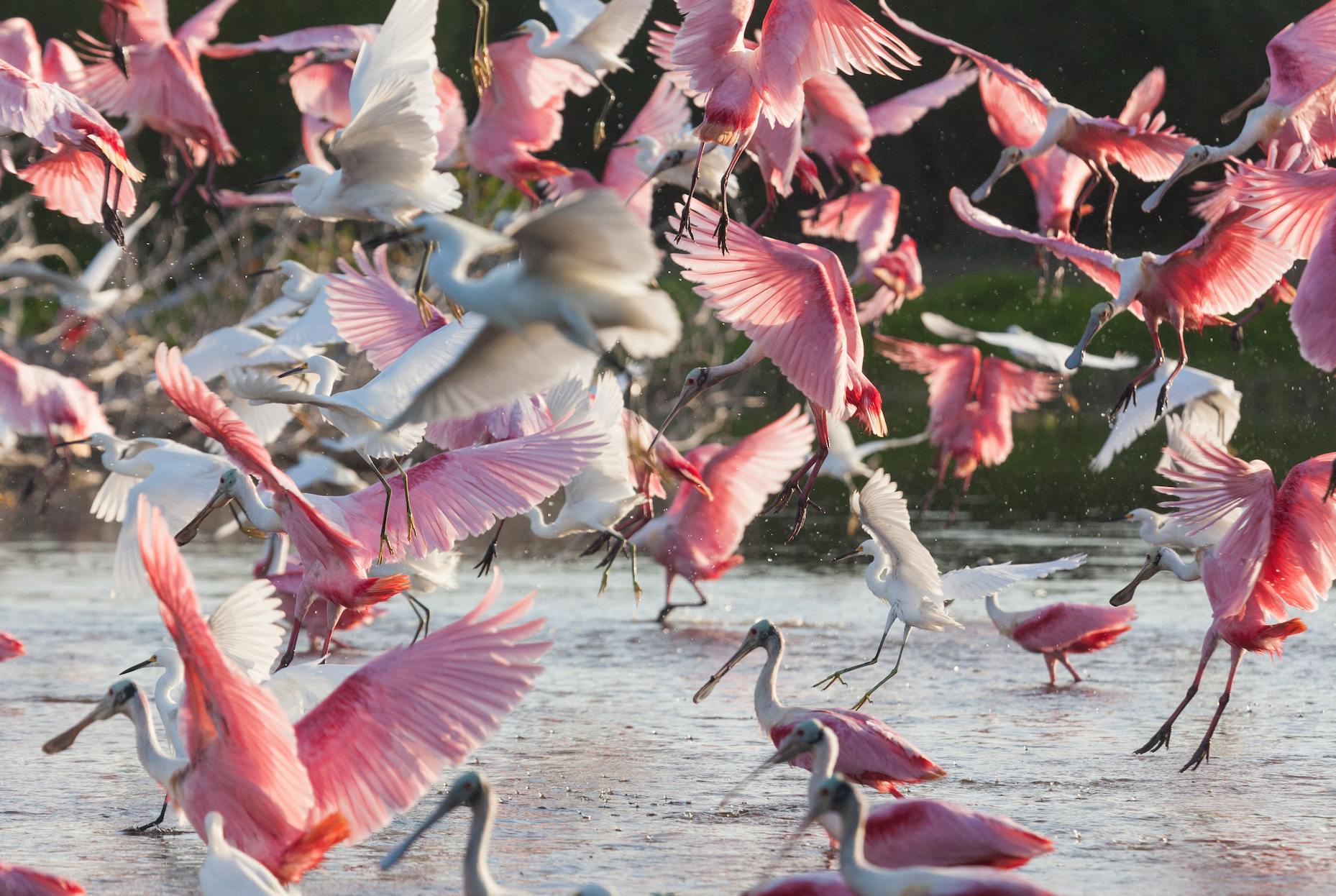
While the natural beauty of Florida leaves me in awe in countless ways, one aspect of its natural glory tends to leave me speechless: the Everglades. From the graceful herons, cranes and egrets gliding through the slightly salty air to the calming vision of manatees making their way along coastal mangroves, there’s just something about the wetlands of Florida—especially those protected from manmade development—that just seems to enable me to take a deep breath. In honor of National Wetlands Month, I’m here to share some of the iconic species that call the Everglades home … and what we can learn from this ancient, majestic region.
Whooping Crane
Scientific name: Grus americana
IUCN Status: Endangered

These are the tallest birds in North America, measuring up to five feet tall!
Great Barracuda
Scientific name: Sphyraena barracuda
IUCN Status: Least Concern
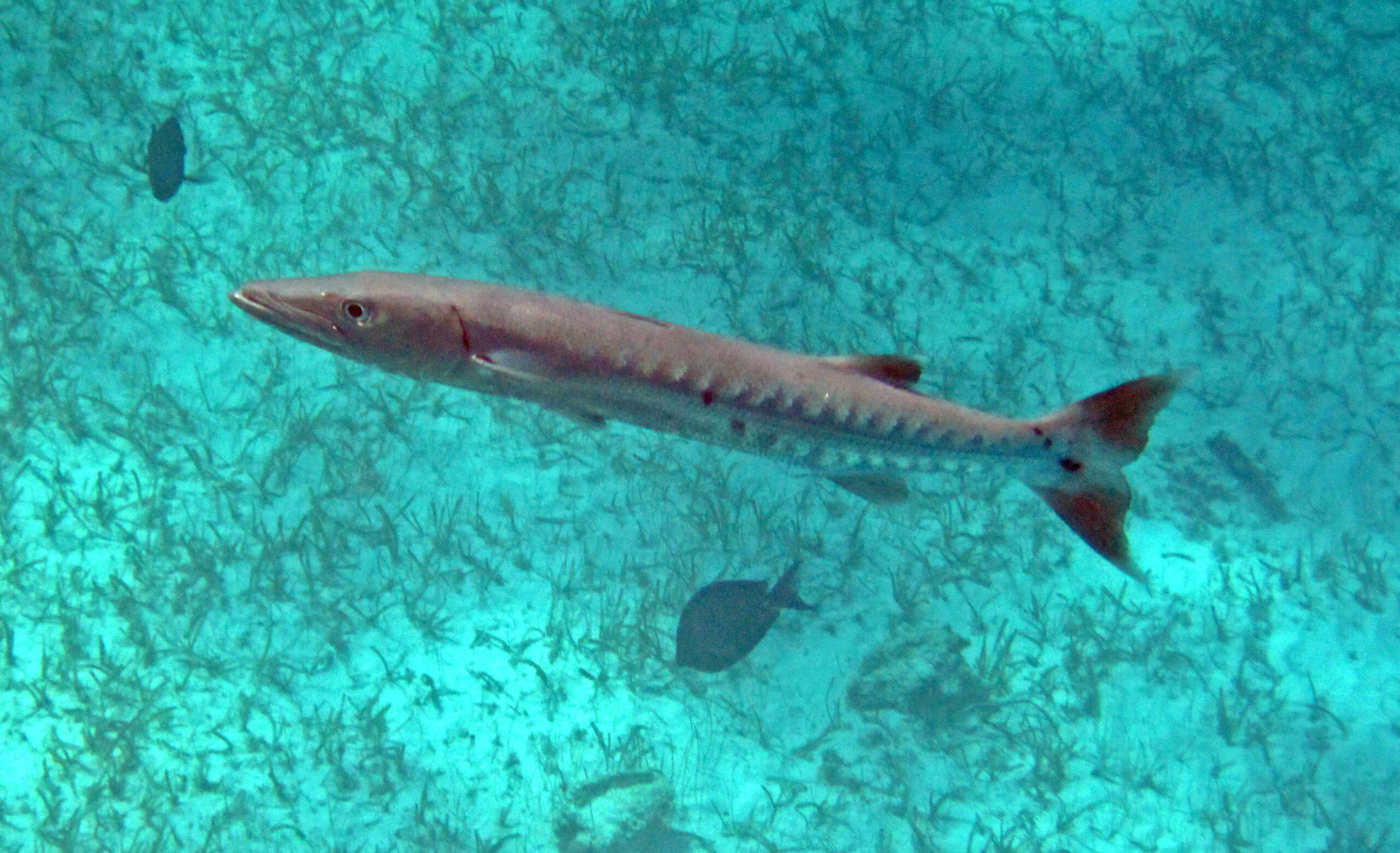
These underwater speed demons can swim up to 36 miles per hour.
Everglade Snail Kite
Scientific name: Rostrhamus sociabilis plumbeus
IUCN Status: Endangered
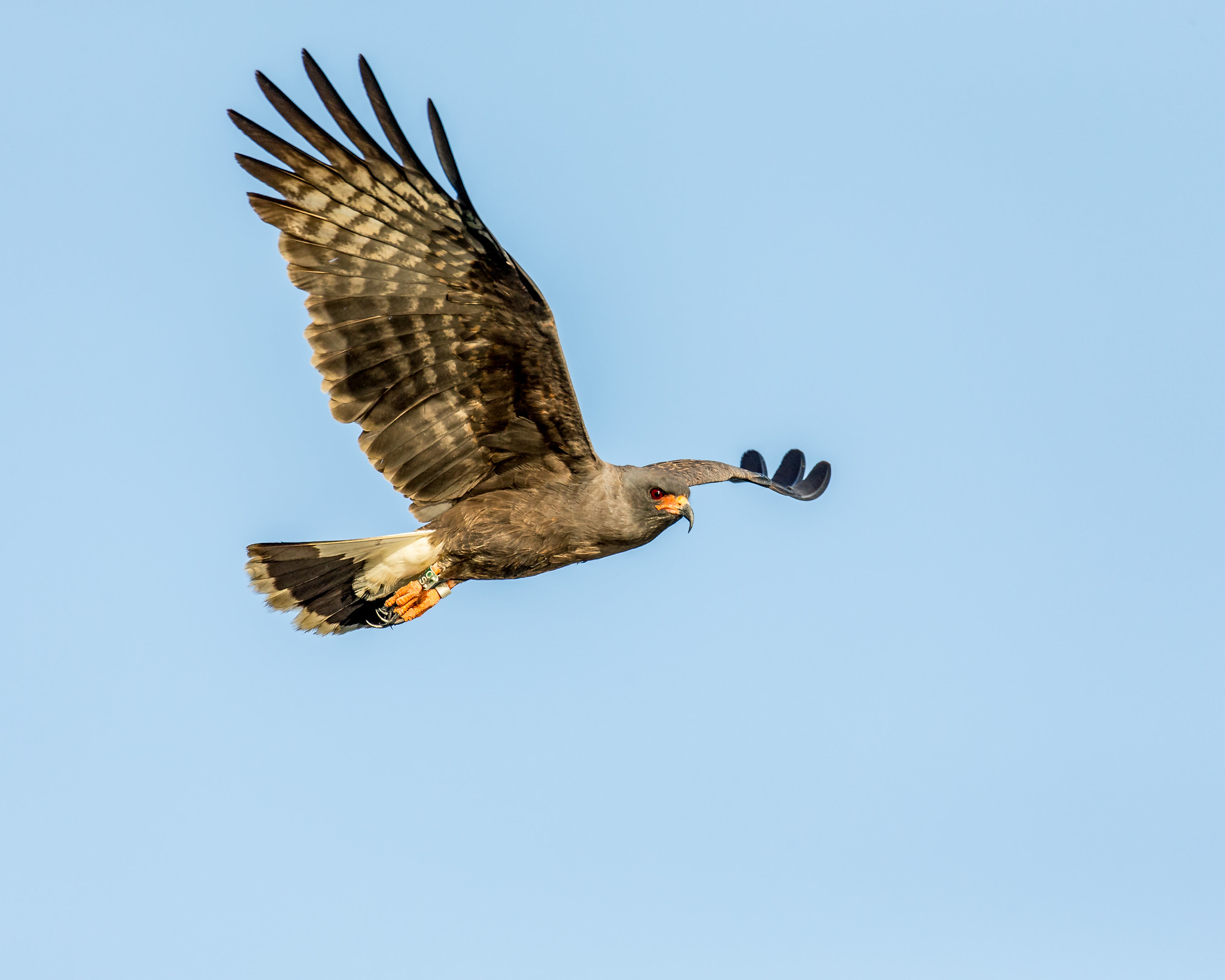
Florida is the only place in the United States where snail kites are found.
As noted above, populations in this region are facing serious threats, so it’s critical that they’re protected.
Anhinga
Scientific name: Anhinga anhinga
IUCN Status: Least Concern (but decreasing)
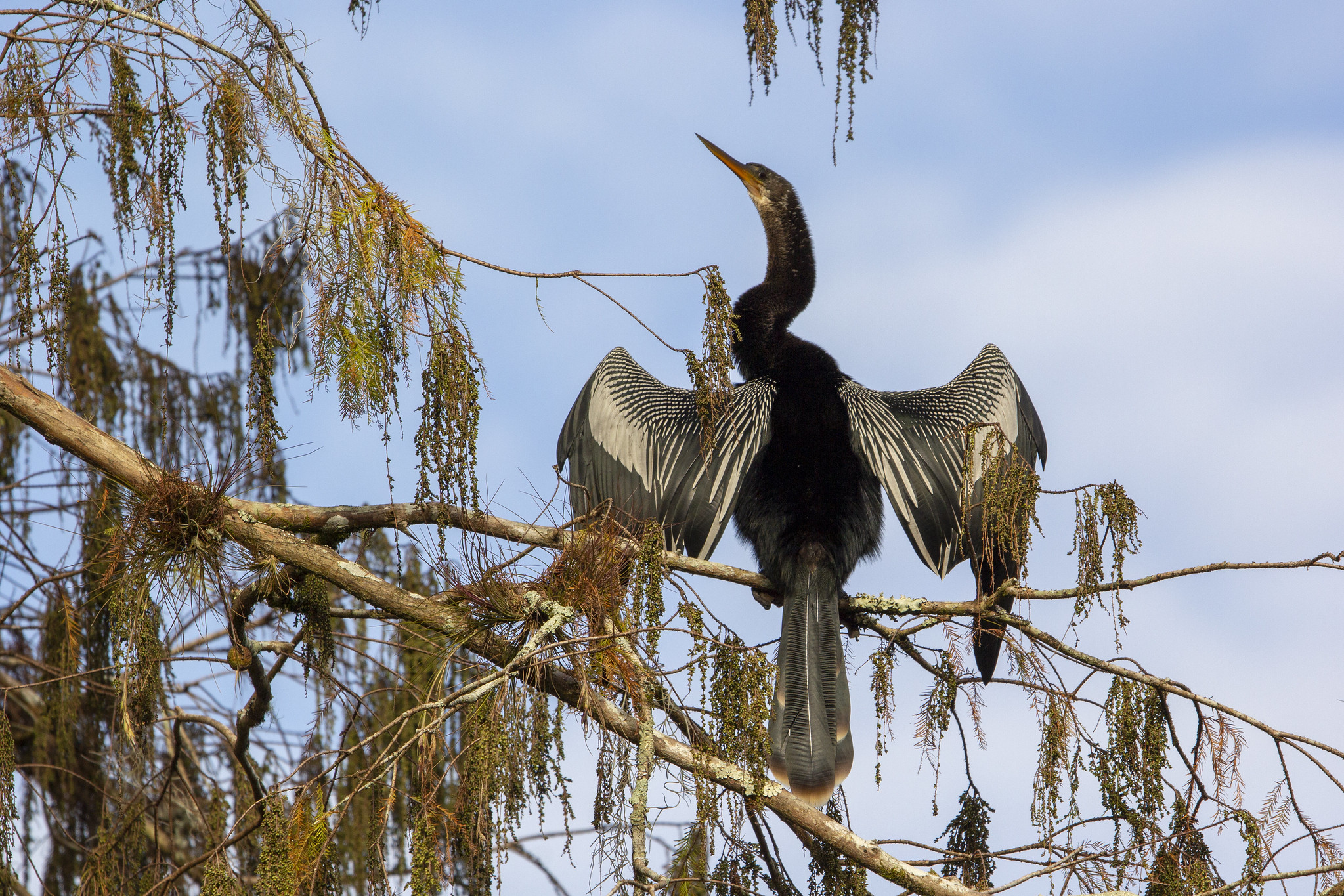
This bird’s name comes from the Brazilian Tupi language, and translates to “snakebird.” This is said to be because of the way the species swims through water, often sticking its head just above the surface like a slithering snake.
Greater Flamingo
Scientific name: Phoenicopterus roseus
IUCN Status: Least Concern
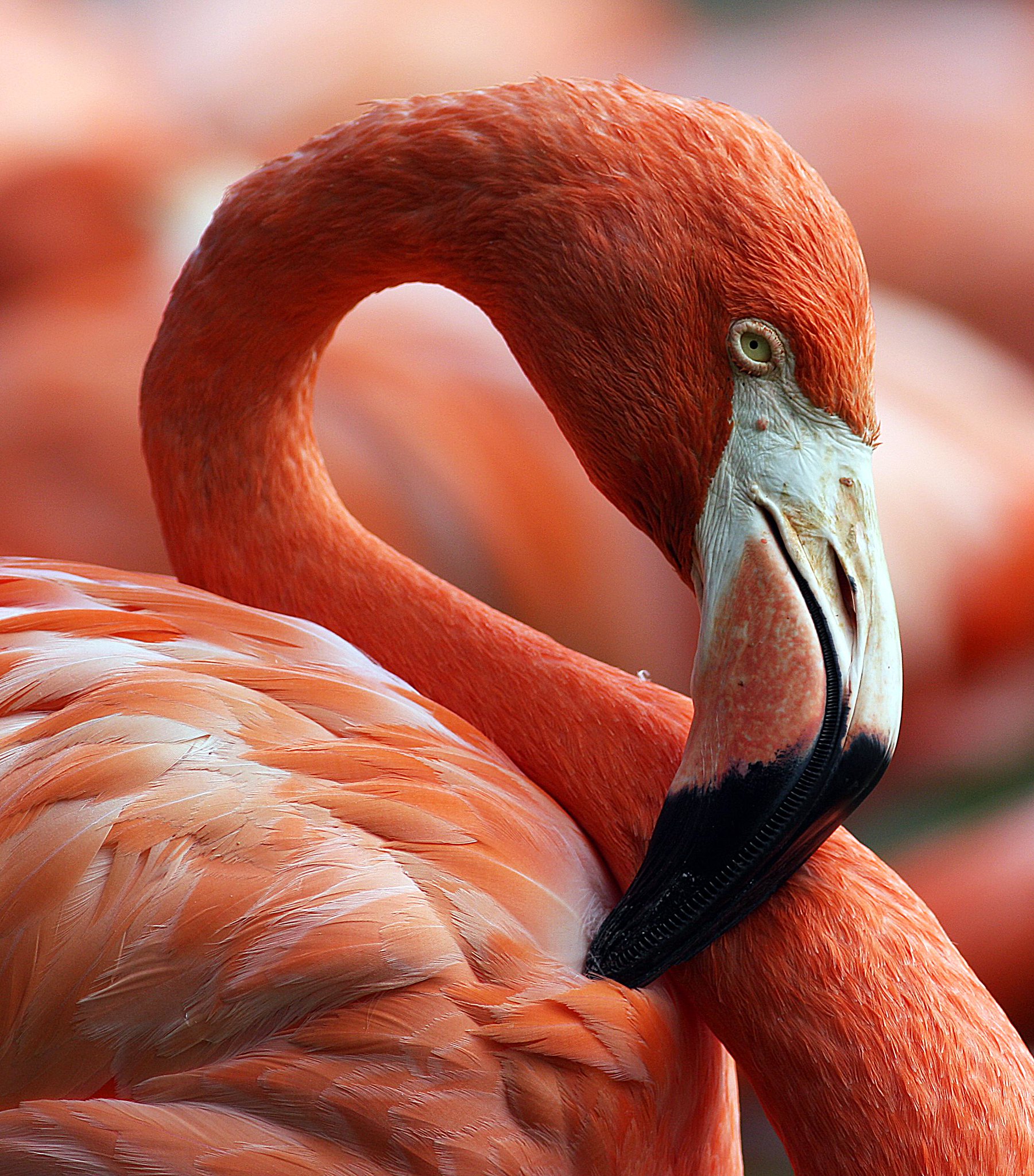
Their pink color comes from their diet. These birds eat a ton of foods like shrimp and other crustaceans, which tend to be naturally high in pigments called carotenoids. This ultimately causes the bird’s appearance to take on a blush pink color.
Bald Eagle
Scientific name: Haliaeetus leucocephalus
IUCN Status: Least Concern
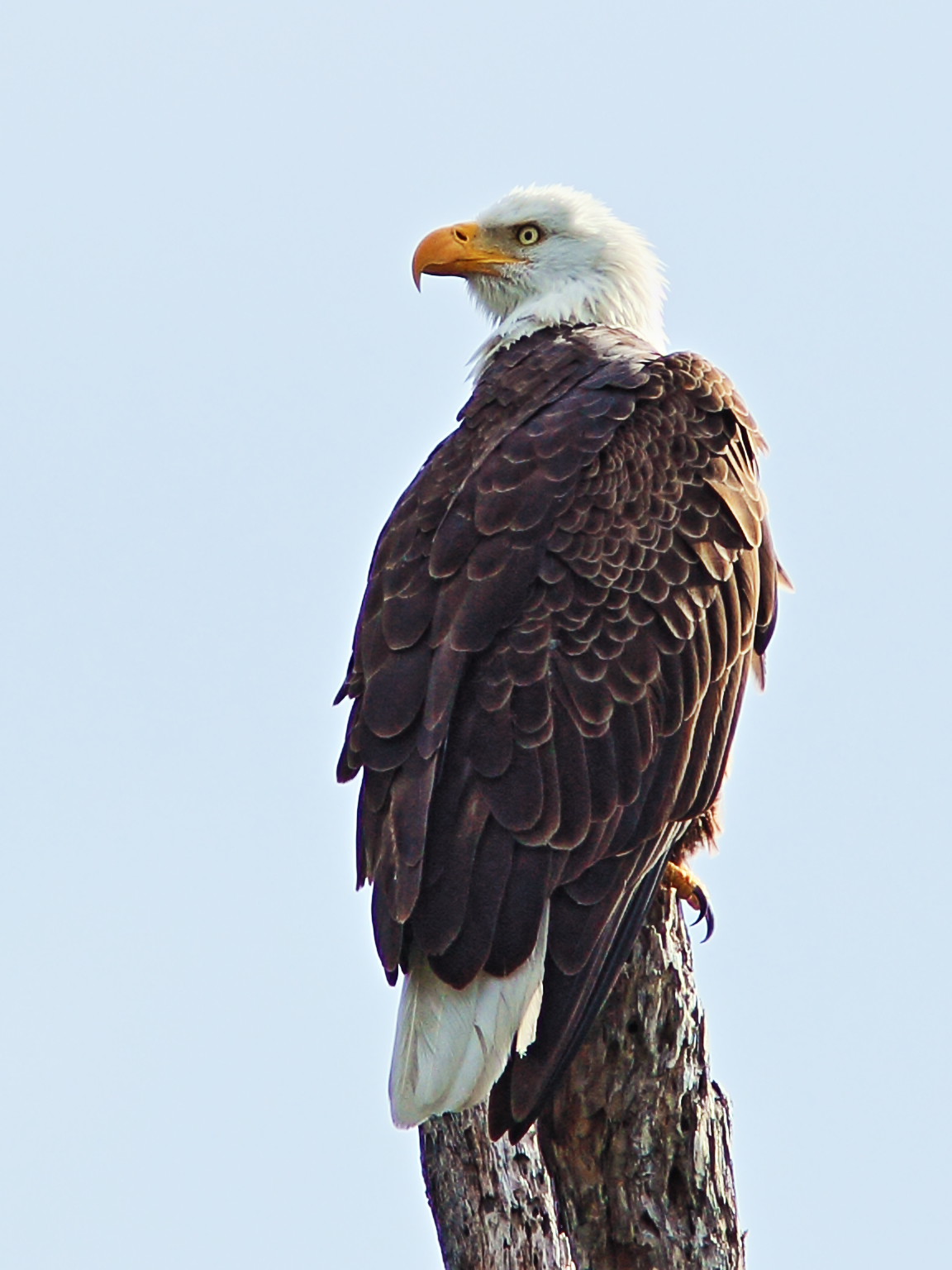
Bald eagles build the biggest nests of any birds in North America.
Little Blue Heron
Scientific name: Egretta caerulea
IUCN Status: Least Concern (but decreasing)

These birds aren’t actually born with their richly-pigmented blue feathers. As youngsters, they have bluish-colored bills, but their plumage is mostly white. This changes over time as they age, eventually turning to a richer blue tone over time.
American Alligator
Scientific name: Alligator mississippiensis
IUCN Status: Least Concern

As a keystone species in the Everglades, these reptiles increase in length by more than 1,000% from infancy to adulthood, eventually reaching up to 16 feet and weighing around 1,300 pounds on average.
Osprey
Scientific name: Pandion haliaetus
IUCN Status: Least Concern
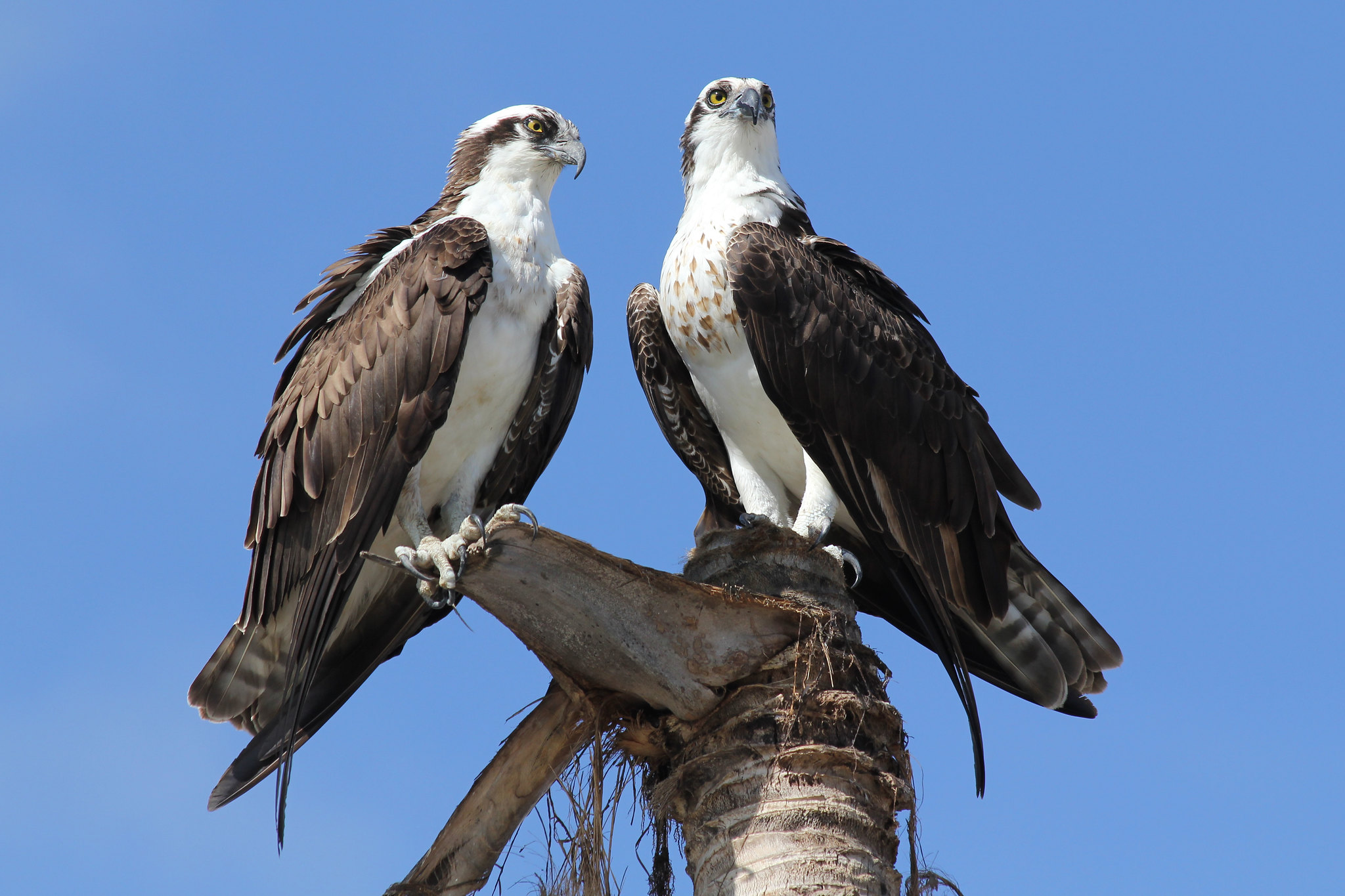
This animal has a toe that’s actually reversible, making it possible for the birds to manipulate a solid grip around their prey as they glide through the air.
Roseate Spoonbill
Scientific name: Platalea ajaja
IUCN Status: Least Concern
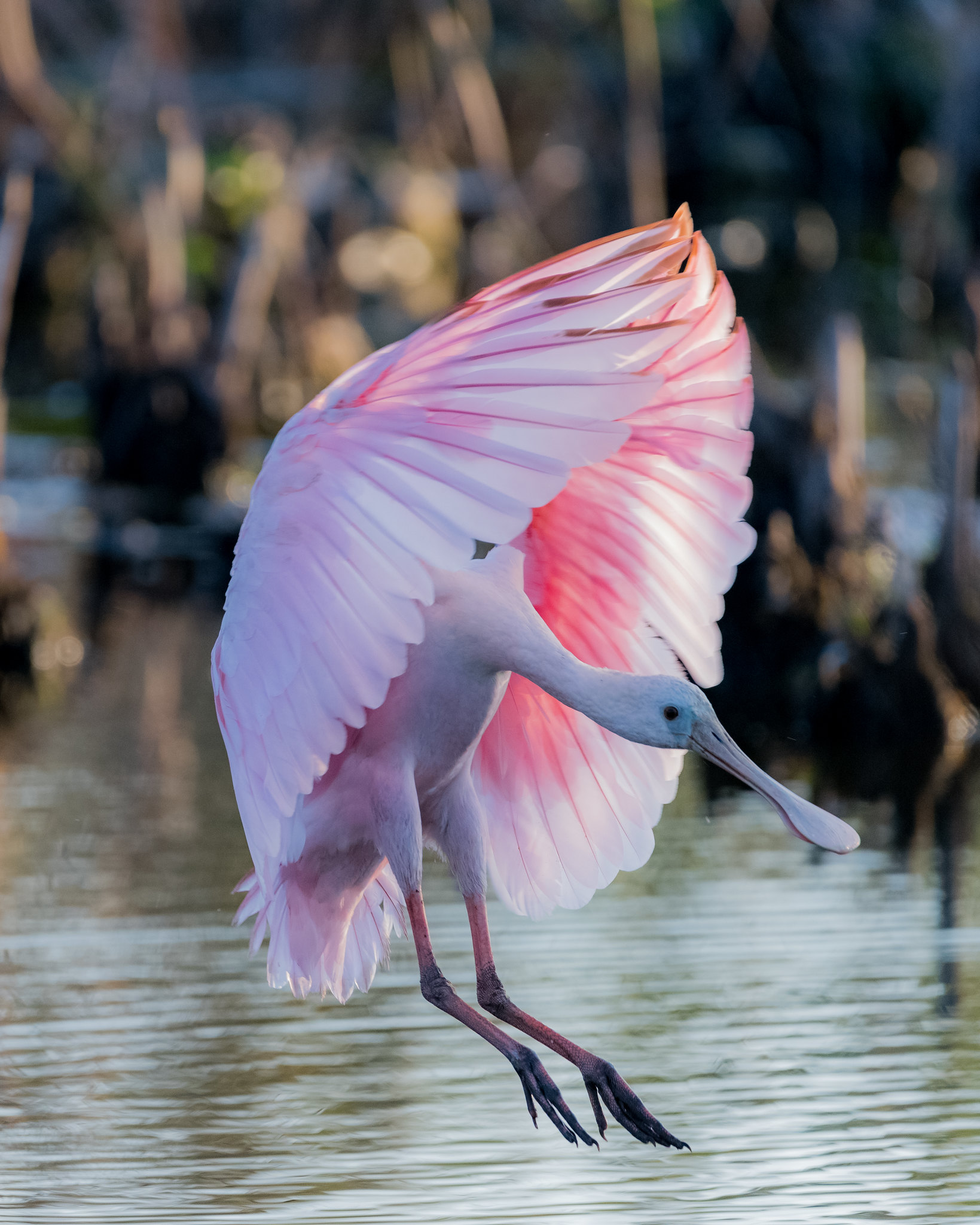
Get ready to giggle: a group of roseate spoonbills isn’t a flock or throng … it’s a bowl.
A literal bowl of spoonbills. I love this bird for this.
Wood Stork
Scientific name: Mycteria americana
IUCN Status: Least Concern (but decreasing)
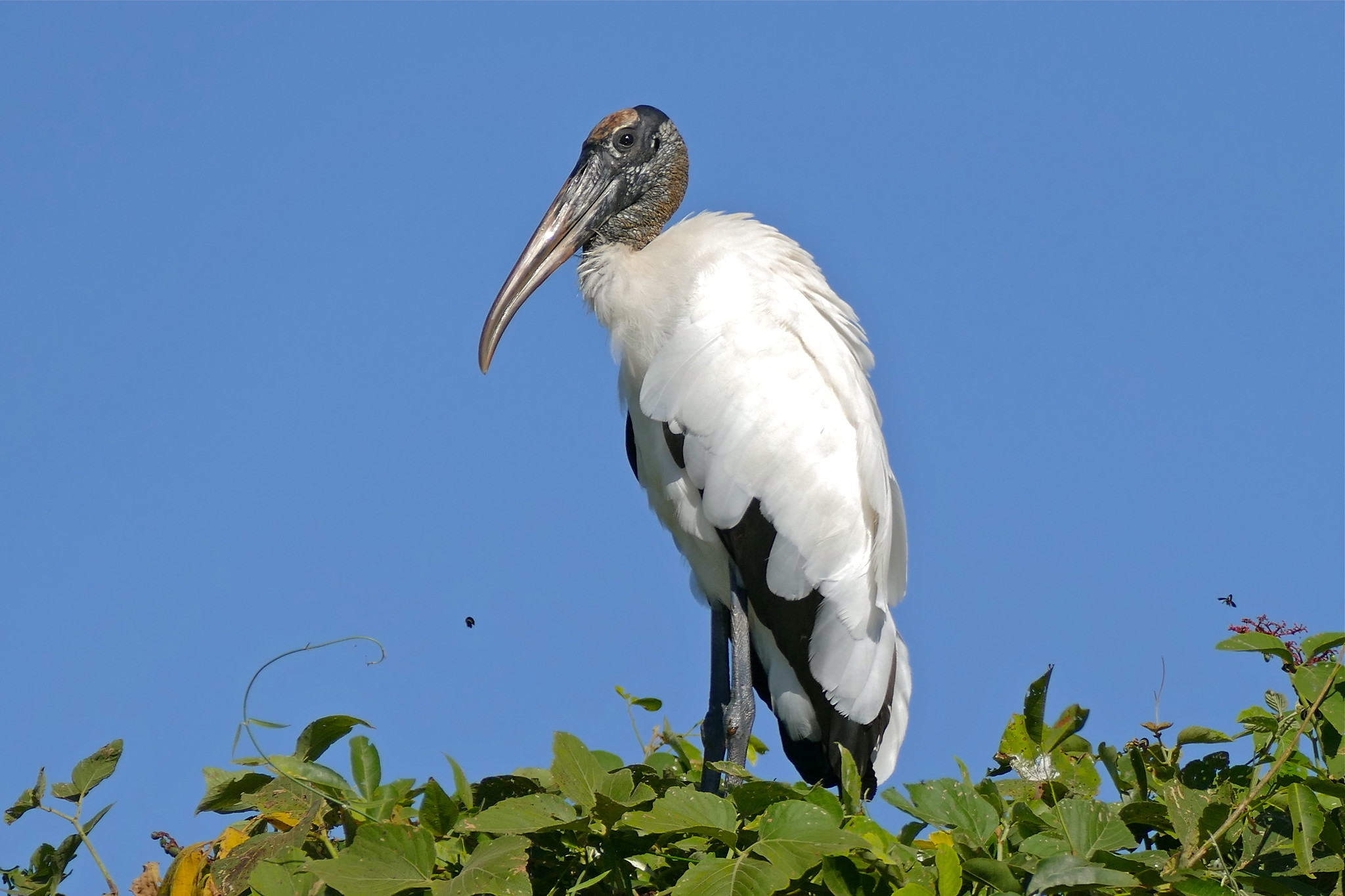
These birds are reported to be able to fly as high as 6,000 feet in the air!
American Manatee
Scientific name: Trichechus manatus
IUCN Status: Vulnerable
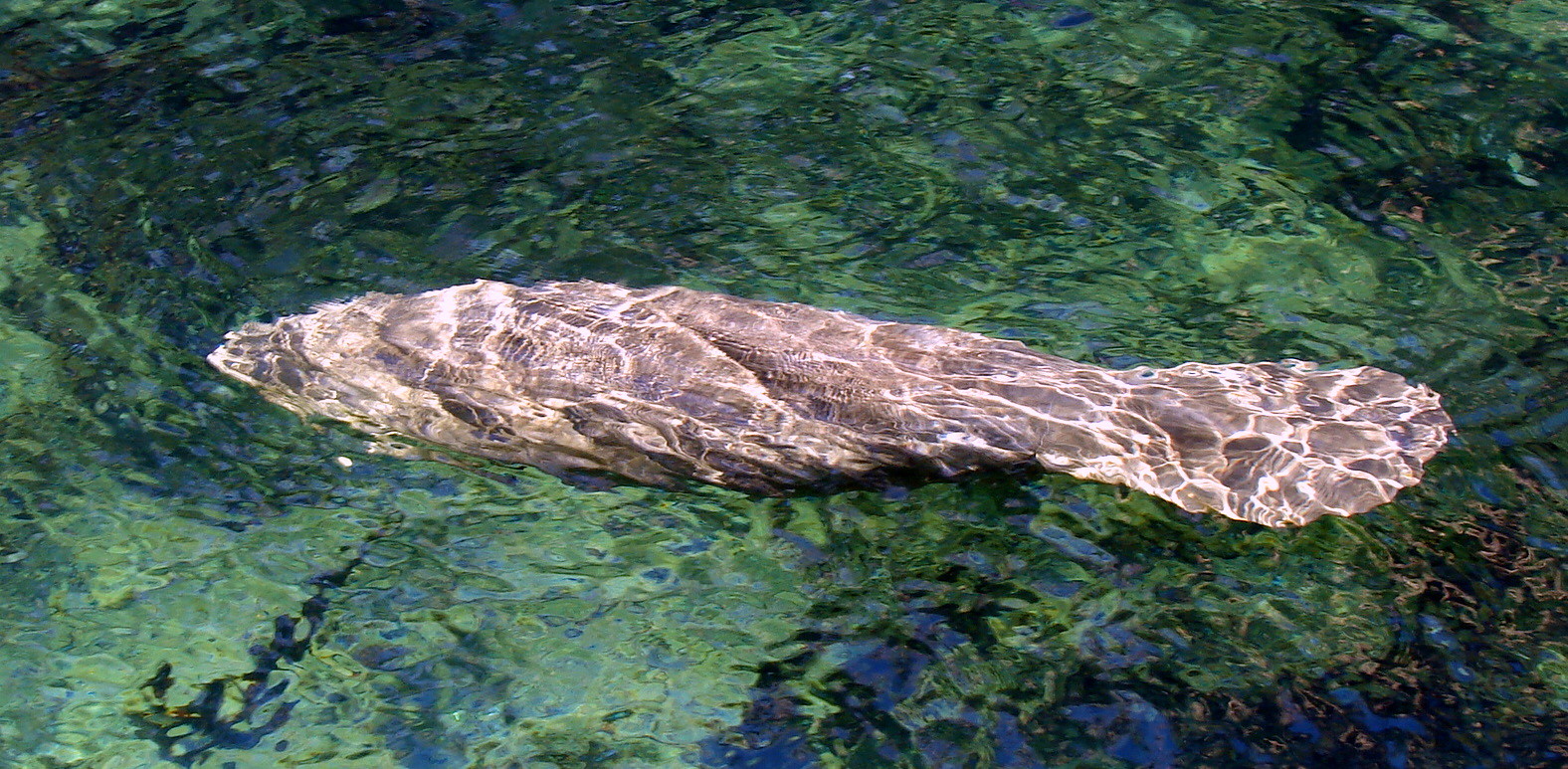
These lovable gentle giants are known to eat up to 15% of their body weight per day, munching on vegetation like mangroves and seagrasses (around 180 pounds of it, to be specific). That’s a lot of salad, huh?
Red Mangroves
Scientific name: Rhizophora mangle
IUCN Status: Endangered
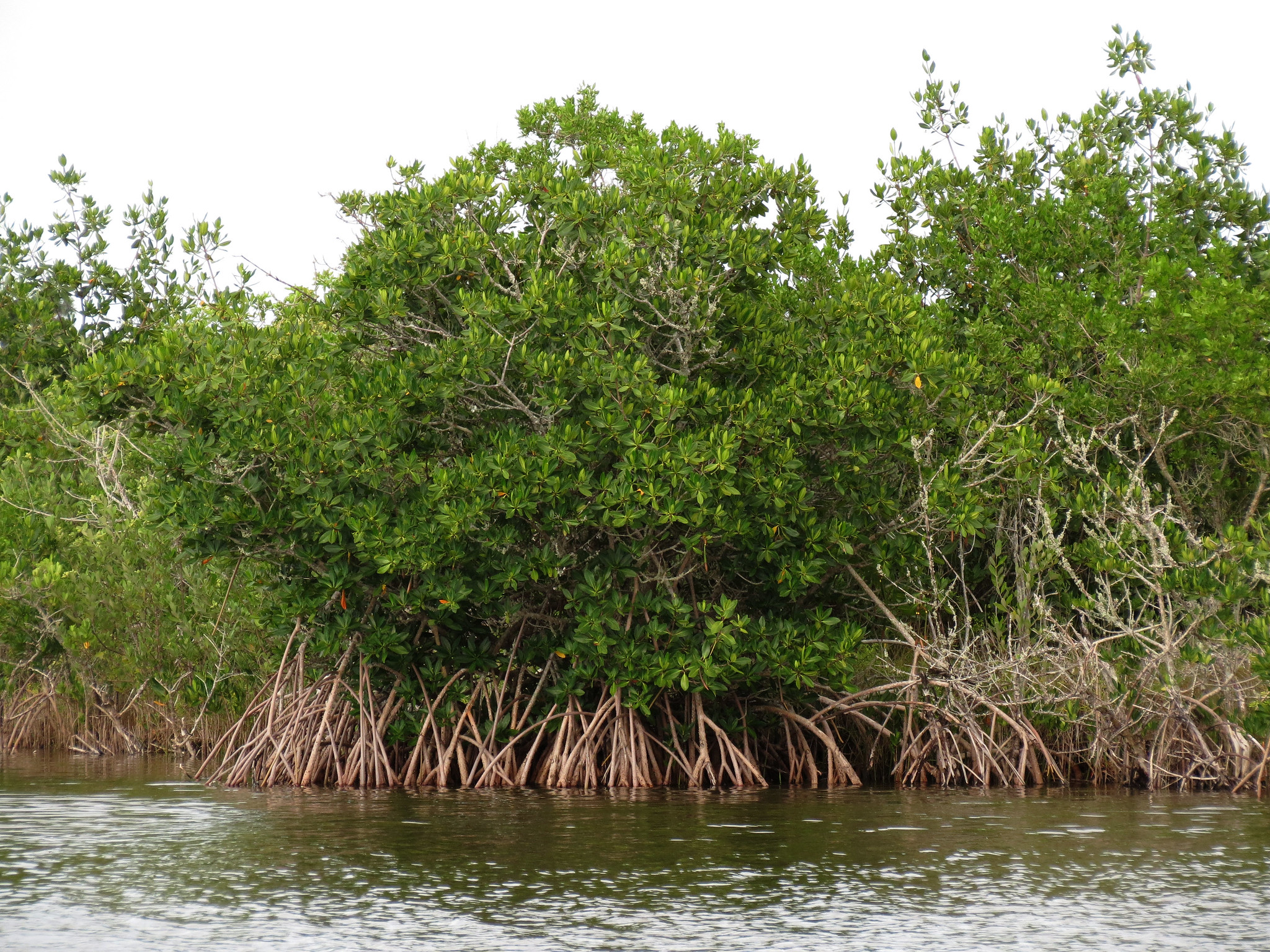
Don’t forget that plants are wildlife, too. Along with red mangroves, white and black mangroves can also be found in Florida. In addition to serving as a primary food source for species like manatees, these plants and their protective roots also serve as nurseries for young wildlife, such as sharks and many fish species.
Great Egret
Scientific name: Ardea alba
IUCN Status: Least Concern
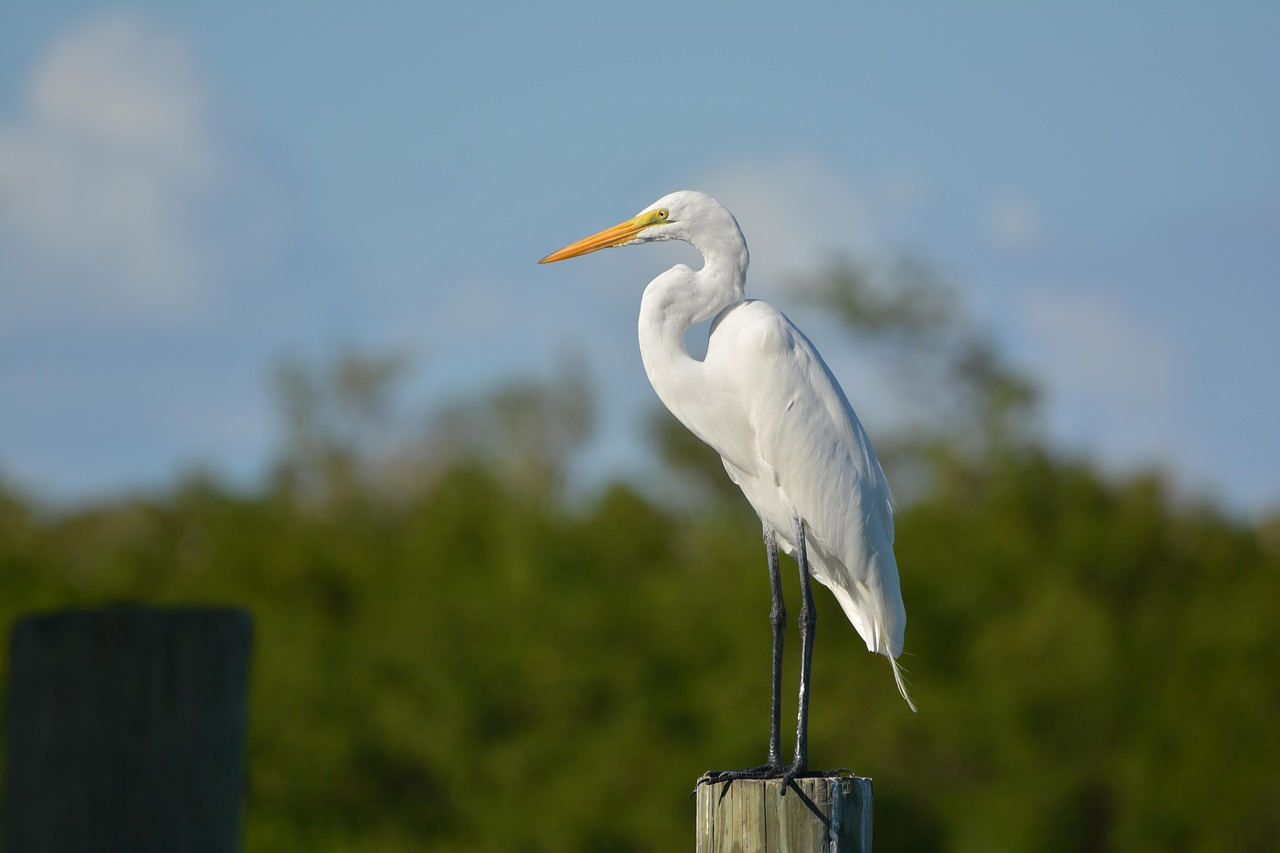
One easy way to distinguish these birds from their counterparts (they’re often mistaken for other wetland species, such as the great white heron) is by examining the way they fly. While other large birds stick their necks out when they fly, these egrets keep theirs retracted.
And there you have it, friends: 13 iconic species that call Florida’s ever-inspiring Everglades home. While not all of these species are currently listed by the IUCN as threatened or endangered, it’s important to note that the wildlife that call the Everglades home are all counting on the Everglades to survive. Because this region is at risk due to threats like sea level rise and changing ocean and coastal water chemistries, it’s up to us to make sure the Everglades is protected if we want to protect these species too. Be sure to check out our documentary series, Ocean to the Everglades, to learn more about these ecosystems and how Florida’s freshwater and saltwater ecosystems are inextricably intertwined.
[quote image=”39123″ name=”John Paul Brooker” title=”Senior Manager and Policy Counsel, Florida Conservation”]The Everglades are an American treasure and the crown jewel of Florida’s iconic wilderness. The stunning biodiversity of the River of Grass is so precious and so undoubtedly worthy of preservation.[/quote]
At the end of the day, one thing that I can say about the Everglades is that I’m inspired every day by its sheer resiliency in a changing world where it faces countless new threats every day. In our current world of unprecedented uncertainty, I think this region’s delicate ecosystems and the wildlife that call it home serve as an emblematic reminder that if we all stick together and keep pushing for what’s right, we’ll come out of the uncertainty stronger and more certain of what’s important more than ever before.